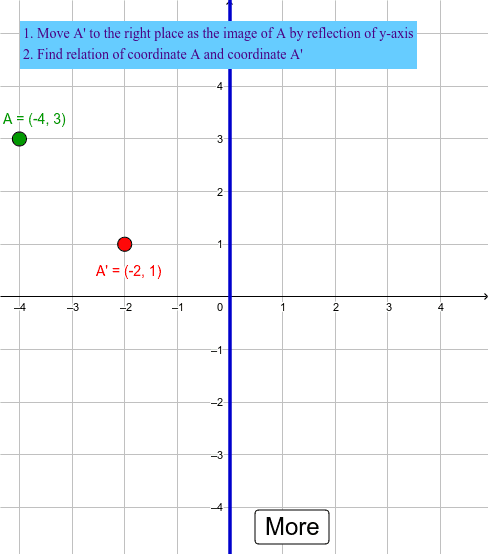

If a graph undergoes dilation parallel to the x-axis, all the x-values are increased by the same scale factor. Here, the original function y = x 2 (y = f(x)) is moved to 2 units up to give the transformed function y = x 2 + 2 (y = f(x) + 2).Ī dilation is a stretch or a compression. if k if k 0, then the function moves up by 'k' units.if k > 0, then the function moves to the left side by 'k' units.This changes a function y = f(x) into the form y = f(x ± k), where 'k' represents the horizontal translation. In this translation, the function moves to the left side or right side. There are two types of translations of functions. Let us learn each of these function transformations in detail.Ī translation occurs when every point on a graph (representing a function) moves by the same amount in the same direction. 'd' represents the vertical translation.'c' represents the horizontal translation.Any minus sign multiplies means that it is a reflection. Also, note that addition/subtraction indicates translation and multiplication/division represents dilation.

Note that all outside numbers (that are outside the brackets) represent vertical transformations and all inside numbers represent horizontal transformations. Here, a, b, c, and d are any real numbers and they represent transformations. In math words, the transformation of a function y = f(x) typically looks like y = a f(b(x + c)) + d. Transformationįlips the curve and produces the mirror image. We can see what each of these transformations of functions mean in the table below. There are mainly three types of function transformations:Īmong these transformations, only dilation changes the size of the original shape but the other two transformations change the position of the shape but not the size of the shape. A function transformation either "moves" or "resizes" or "reflects" the graph of the parent function.


 0 kommentar(er)
0 kommentar(er)
